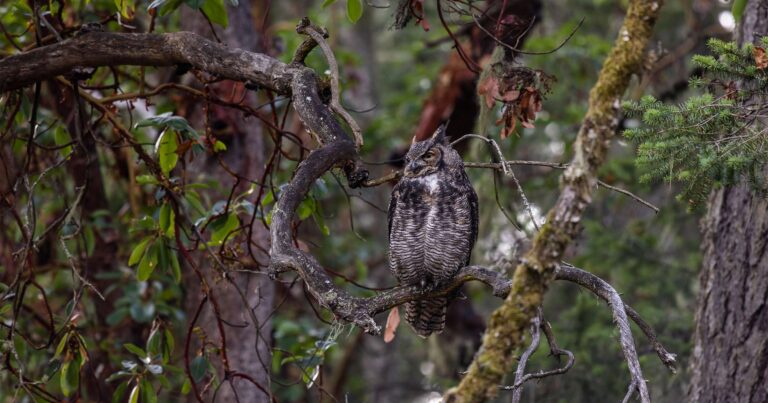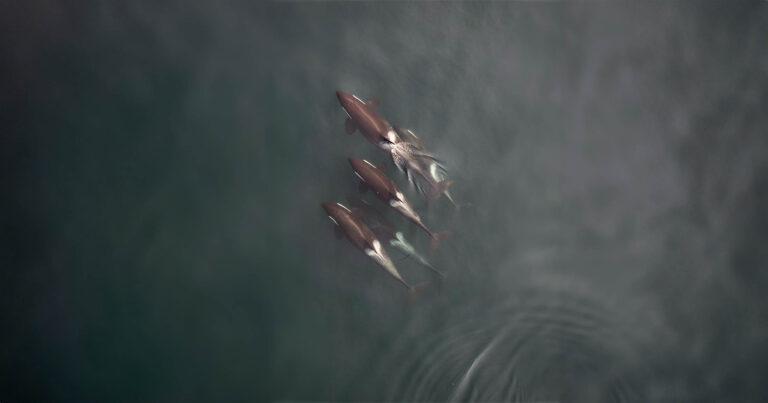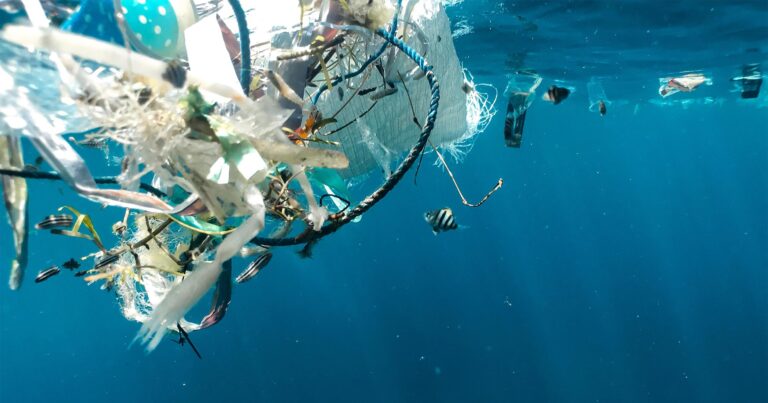Detecting killer whale pregnancies from the air
Our cetacean researchers are busy analyzing the 2023 field season data, collected using drones.
What's new // Investigate and inform
Indepth essays and expert analyses from our researchers.

Our cetacean researchers are busy analyzing the 2023 field season data, collected using drones.

The provincial government proposes a more holistic approach to stewarding lands and waters through their Biodiversity and Ecosystem Health Framework. Our gap analysis reveals that the Framework lacks sufficient rigor and clarity regarding its intended legal power.

Raincoast argues that the Puget Sound hatchery program does little to solve the prey problem for Southern Residents.

In this article, we’ve interviewed David Fraser (C.M., Ph.D.), a Professor Emeritus in the Animal Welfare Program at the University of British Columbia. His 50-year research career has focused on the welfare and management of both free-living and captive wildlife, as well as farm and laboratory animals. In this interview, we explore the history of…

This federal survey will take around 20 minutes.

DNA can answer many questions about a killer whale’s health and family tree.

Canadians — and our oceans — need robust protection from plastic pollution.

The key to restoring and protecting aquatic environments for people and wildlife is a high quality monitoring program upon which communities and managers may act.

Connectivity is vitally important at all sorts of scales over time and space.

This letter urges caution in interpreting the causes and nature of the whales’ behaviours.

In this article, Dr. Shannon Berch and Dr. Paul de la Bastide explain some of the deep relationships between fungi and other species and why it is so essential that we learn more about them.

Biosolids are nutrient rich, organic solid or semi-solid materials recovered from wastewater processing and their management is a growing challenge.